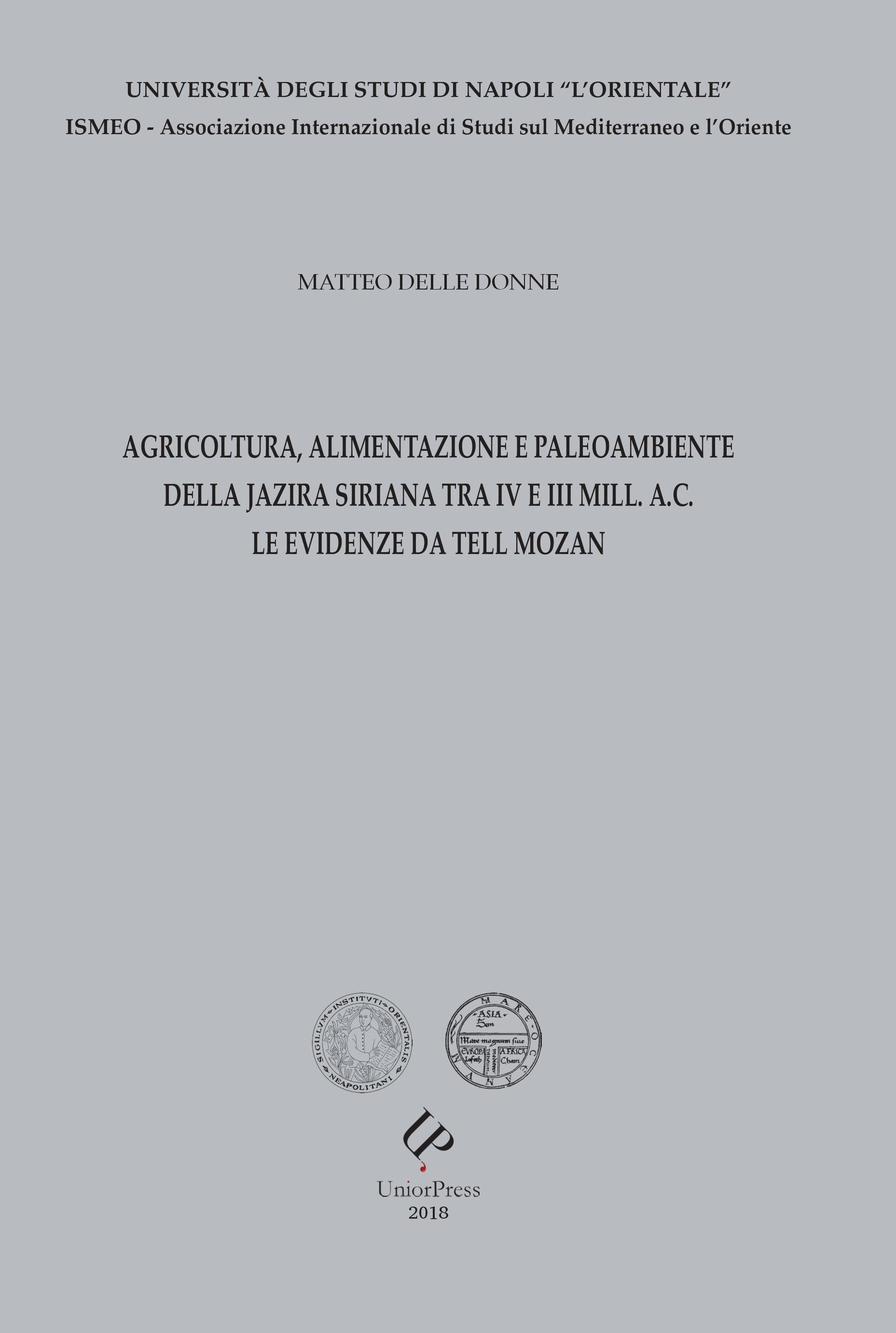The results of Delle Donne's research on the Urkesh/Tell Mozan data are of great significance for what they tell us about the local environment in the region and for the care with which he points out the coherence with the data analyzed from nearby sites, located in modern-day northeastern Syria.
The results of this research on the plants grown in the fourth and third millennium near the city of Urkesh interestingly reflect the modern situation with which we, as archaeologists, are very familiar. Delle Donne reconstructs the local environment around the ancient city as open fields with few areas of trees and some water stagnant or running. Until the advent of a large number of dams in southeastern Turkey there was much more water present in the Mozan area than today. The crops grown in the Mozan area today are primarily wheat, some barley and some lentils. There are no fruit trees or grape vines as these are an entirely different type of cultivation activity. The other major crop is cotton which of course was introduced much later.
The final inclusion of the results of Delle Donne's research in the wider digital framework of the Urkesh record on this website will bring to a successful conclusion our intense and productive scholarly collaboration, which we hope to be able to continue in full force once it becomes possible to resume excavations at Tell Mozan.
